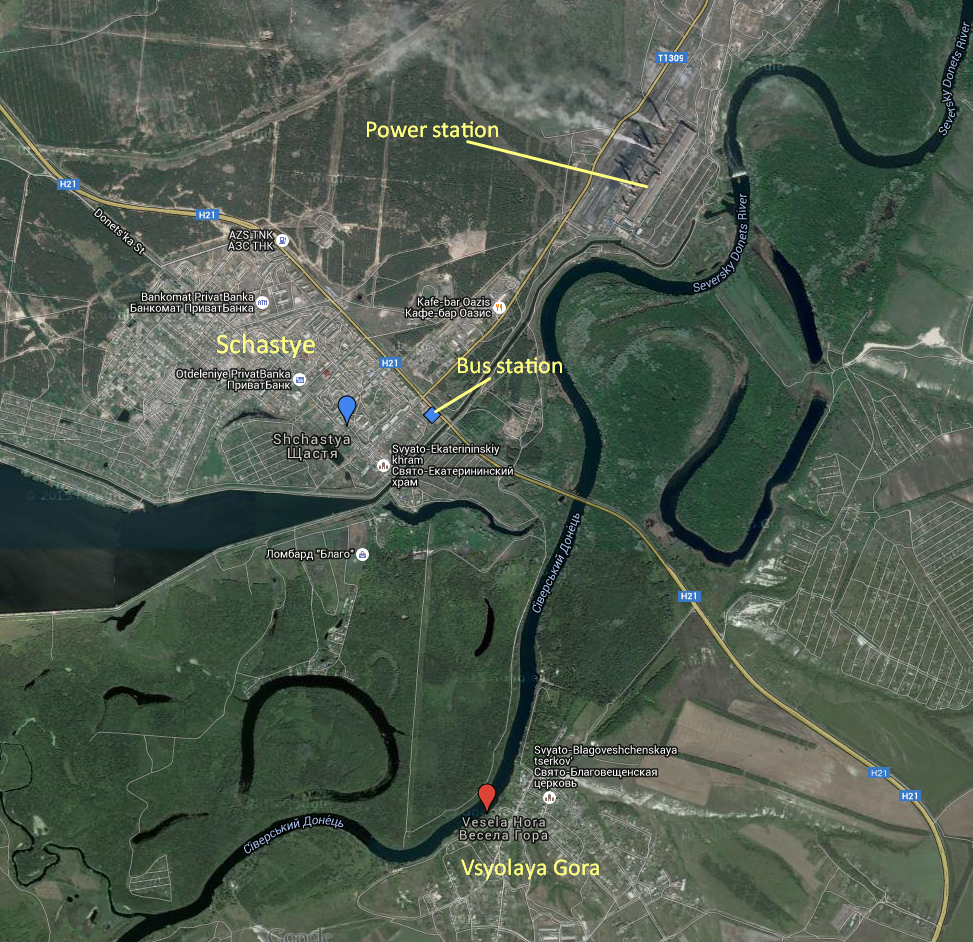Yesterday’s live coverage of the Ukraine conflict can be found here. An archive of our liveblogs can be found here. For an overview and analysis of this developing story see our latest podcast.
Please help The Interpreter to continue providing this valuable information service by making a donation towards our costs.
For links to individual updates click on the timestamps.
For the latest summary of evidence surrounding the shooting down of flight MH17 see our separate article: Evidence Review: Who Shot Down MH17?
RIA Novosti reports that observers from the Special Monitoring Mission of the Organization for Security and Cooperation in Europe (OSCE) have recorded vehicles with the sign “Cargo 200,” indicating bodies of fighters killed in combat crossing the Russian-Ukrainian border, at the Gukovo and Donetsk border checkpoints, Paul Picard, head of the mission said at a press conference today.
“Vehicles with the label ‘Cargo 200’ or just ‘200’ have passed across the border,” said Picard. “In a year, 21 such coffins went through,” he added.
Picard’s remarks have been translated by The Interpreter as reported. It was not clear whether the reference was to 21 vehicles or 21 coffins inside them, given that he also stated that observers cannot say precisely what was in the vehicles because they are closed and not inspected. He said vehicles with such labels have been spotted “on both sides of the border.”
The only two checkpoints the OSCE is able to monitor are Gukovo and Donetsk (not to be confused with the capital of the self-declared “Donetsk People’s Republic”); there are other legal and illegal checkpoints that may have also been used to bring out the bodies of those killed in Russia.
Estimates of such Russian soldiers killed range from about 300 documented cases to a thousand or more, but the facts have been difficult to determine as journalists and civic groups attempting to publicize the cases have suffered physical beatings and intimidation.
Recently, Russia passed a law making it a crime to divulge information about “special military operations,” although the Kremlin continues to deny any formal involvement in the war in Ukraine.
— Catherine A. Fitzpatrick
Over the course of August 5, the ATO Press Centre reports 65 attacks, a decrease from the rate seen over the last week.
However Colonel Motuzyanyk announced at 9:40 GMT today that five
Ukrainian soldiers had been killed and six wounded over the last 24
hours.
The Ukrainian-held city of Schastye in the Lugansk region came under heavy fire last night, leaving two soldiers wounded.
At 18:14 GMT, Anton Kovalishin, press secretary of the DTEK anti-crisis centre, wrote on his Facebook page that the city was being shelled.
As a result, power lines from the Luganskaya thermal power station in Schastye (which is operated by DTEK) and Lysychansk, to the west, were knocked out and one power block at the plant was shut down.
This morning the Lugansk Military-Civil Administration reported that electricity had been cut to the north of the region, but that engineers had restored supplies by midnight. One building near the power plant caught fire.
Schastye itself was bombarded with automatic grenade launchers, most falling near the bus station on the city’s southern edge, near the Seversky Donets river.
Two soldiers from the 92nd Independent Mechanised Brigade, born in 1950 and 1989, were wounded.

Elsewhere in the Lugansk region, the situation was calmer for the second consecutive day.
In the “traditional hot spot” of Stanitsa Luganskaya, north-east of Lugansk, only sporadic small-arms fire was reported.
The Ukrainian military’s ATO Press Centre reports that 122 mm artillery was fired at the village of Troitskoye, on the western fringes of the region, at 22:20 last night.
Colonel Oleksandr Motuzyanyk, spokesman for the Ukrainian military operation, said today that anti-tank missiles had been used in this area:
Meanwhile, in the Donetsk region, the pro-separatist Donetsk News Agency (DAN) reported this morning that two civilians had been killed and another wounded in Gorlovka.
According to Roman Khramenkov, the separatist-backed head of the town administration, Ukrainian forces shelled the town last night, striking a prison colony and starting a fire. One prisoner, born in 1985, was wounded.
Khramenkov claimed that a 57 year-old man and a pensioner, born in 1932, had been killed in the Nikitovsky district, in the north-west of Gorlovka.
The ATO Press Centre claimed in turn that Russian-backed forces had attacked a Ukrainian defensive position north of Gorlovka, in the village of Kurdyumovka.
Motuzyanyk reported that Ukrainian positions to the east of Gorlovka, in Luganskoye and Lozovoye, had been attacked.
According to the report, the positions was attacked at about 22:00 with tanks and 120 mm mortars.
After midnight, the Press Centre reports, Russian-backed forces shelled Ukrainian positions near Leninskoye and Mayorsk with 120 mm mortars.
To the west, in the Donetsk area, 120 mm mortar attacks were reported on positions near Peski, Novomikhailovka, Opytnoye and Avdeyevka.
Ukrainian journalist Oleksandr Rudomanov reported on his Facebook page this morning
that three soldiers from the 74th Independent Reconnaissance Brigade
had been killed after striking a landmine in the village of Karlovka,
north-west of Donetsk.
Yaroslav Chepurnoy, press officer for the Ukrainian military headquarters in Mariupol, said today that one soldier had been wounded yesterday evening in Granitnoye, east of Volnovakha.
A post on a residents’ VKontakte page reported that shooting could be heard at 6 am today.
According to Chepurnoy, Russian-backed forces shelled the town at 20:00 with 82 mm mortars.
At 5:30 this morning, Ukrainian positions near Novotroitskoye,
north of Volnovakha on the Donetsk-Mariupol highway, were shelled for 13
minutes by 122 mm self-propelled artillery.
— Pierre Vaux